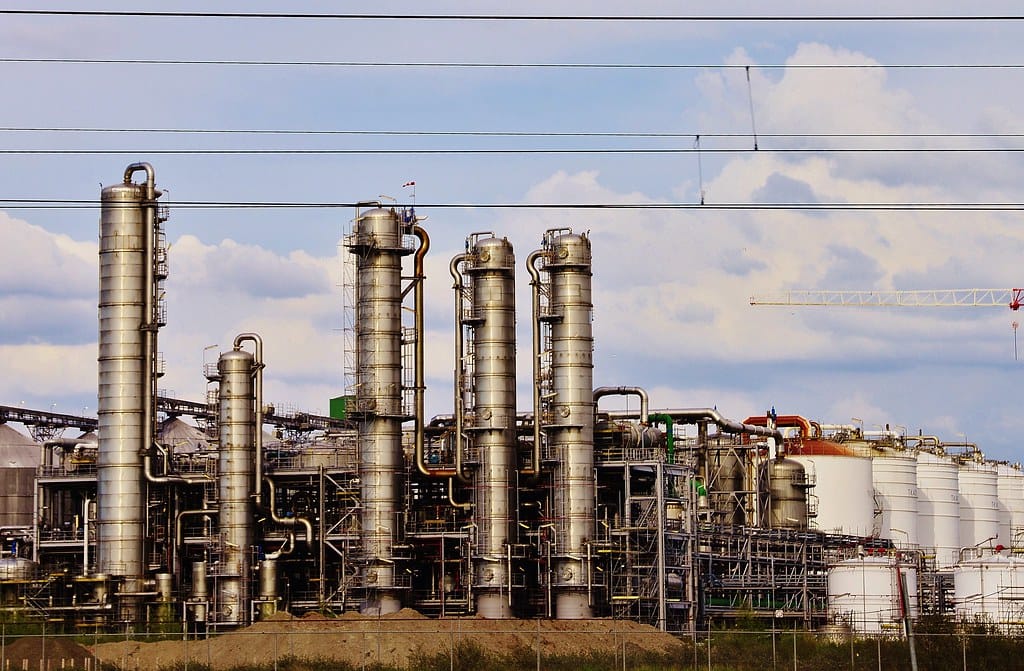MIT Breakthrough Could Transform $2 Trillion Oil Industry with Revolutionary Separation Technology
Chemical engineers at MIT have developed a groundbreaking method to separate crude oil that could dramatically reduce energy consumption and costs across the global petroleum industry, potentially saving billions of dollars annually while cutting carbon emissions from refining operations.
The innovative technique, published in the journal Nature Chemical Engineering, replaces traditional energy-intensive distillation processes with a novel membrane-based system that operates at significantly lower temperatures and pressures. This advancement addresses one of the oil industry's most persistent challenges: the enormous energy requirements of crude oil separation.
The $100 Billion Energy Problem
Current crude oil refining relies heavily on fractional distillation, a process that hasn't fundamentally changed since the early 20th century. This method requires heating crude oil to temperatures exceeding 400°C (752°F) and uses massive amounts of energy—accounting for approximately 15% of total global industrial energy consumption.
"The petroleum refining industry spends roughly $100 billion annually on energy costs, with a significant portion going toward separation processes," explains Dr. Sarah Chen, lead researcher on the MIT team. "Our technology could reduce these energy requirements by up to 70% in certain applications."
The environmental implications are equally substantial. Oil refining contributes approximately 1.2 billion tons of CO2 emissions annually worldwide, making it one of the largest industrial sources of greenhouse gases.
How the Revolutionary Technology Works
The MIT team's approach centers on advanced polymeric membranes engineered at the molecular level to selectively separate different hydrocarbon compounds based on size and chemical properties. Unlike traditional distillation that relies on boiling point differences, this membrane technology exploits molecular characteristics to achieve separation.
The process works by:
- Selective permeation: Different hydrocarbon molecules pass through the membrane at varying rates
- Low-temperature operation: The system functions effectively at temperatures below 100°C
- Pressure-driven separation: Uses minimal energy compared to thermal distillation
- Continuous processing: Enables real-time separation without batch processing delays
Real-World Impact and Industry Applications
Initial pilot testing has shown promising results across multiple petroleum fractions. The technology demonstrated particular effectiveness in separating:
- Light hydrocarbons (C1-C4): 85% separation efficiency with 60% energy reduction
- Gasoline-range compounds (C5-C8): 78% efficiency with 55% energy savings
- Diesel fractions (C10-C20): 72% efficiency with 45% energy reduction
ExxonMobil and Shell have already expressed interest in licensing the technology for commercial trials. Industry analysts project that widespread adoption could reduce global refining energy consumption by 8-12% within the next decade.
Economic and Environmental Benefits
The financial implications extend beyond energy savings. The technology offers several key advantages:
Cost Reduction: Refineries could save $15-25 million annually in energy costs at typical processing facilities handling 200,000 barrels per day.
Reduced Infrastructure: Lower operating temperatures mean less expensive equipment and reduced maintenance costs.
Enhanced Flexibility: The modular membrane system can be easily scaled and adapted to different crude oil compositions.
From an environmental perspective, widespread adoption could eliminate approximately 150 million tons of CO2 emissions annually—equivalent to removing 30 million cars from roads.
Challenges and Timeline for Commercialization
Despite the breakthrough's promise, several hurdles remain before commercial deployment. Membrane durability under industrial conditions requires further testing, and the technology must prove cost-effective at refinery scale.
The MIT team estimates 3-5 years before the first commercial installations, with broader industry adoption expected by 2030. Regulatory approval and integration with existing refinery infrastructure will likely determine the deployment timeline.
Dr. Chen notes, "We're working closely with industry partners to address scaling challenges and optimize the technology for different crude oil types and refinery configurations."
The Future of Oil Refining
This MIT innovation represents more than an incremental improvement—it signals a potential paradigm shift toward more sustainable petroleum processing. As global pressure mounts to reduce industrial emissions while meeting energy demands, technologies that simultaneously cut costs and environmental impact become increasingly valuable.
The breakthrough arrives at a critical juncture for the oil industry, which faces mounting pressure to reduce its carbon footprint while maintaining operational efficiency. MIT's membrane technology offers a rare opportunity to achieve both goals simultaneously, potentially transforming how the world processes one of its most essential commodities.
